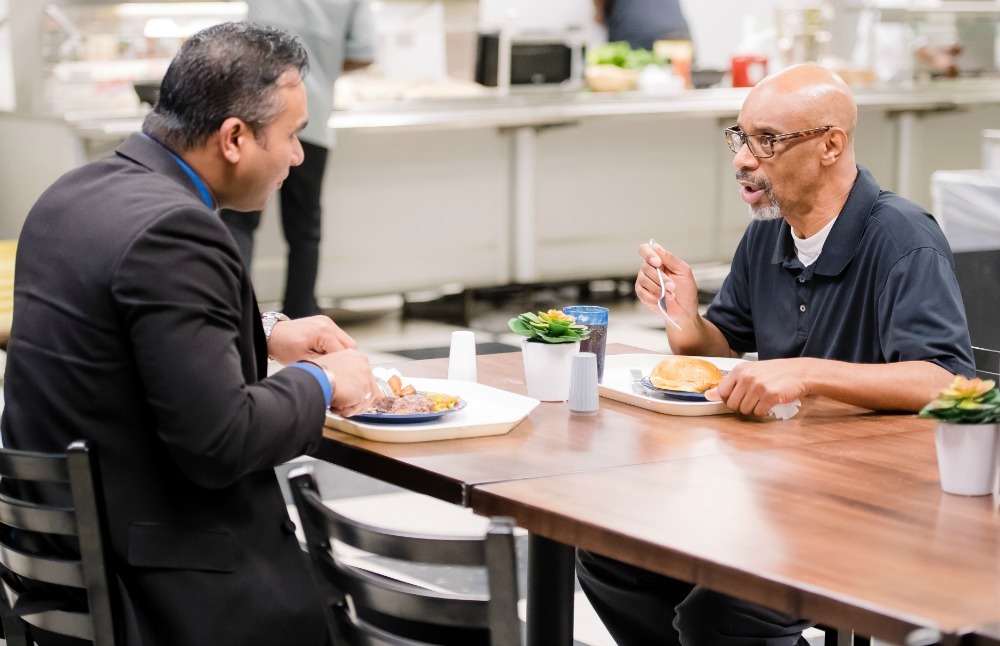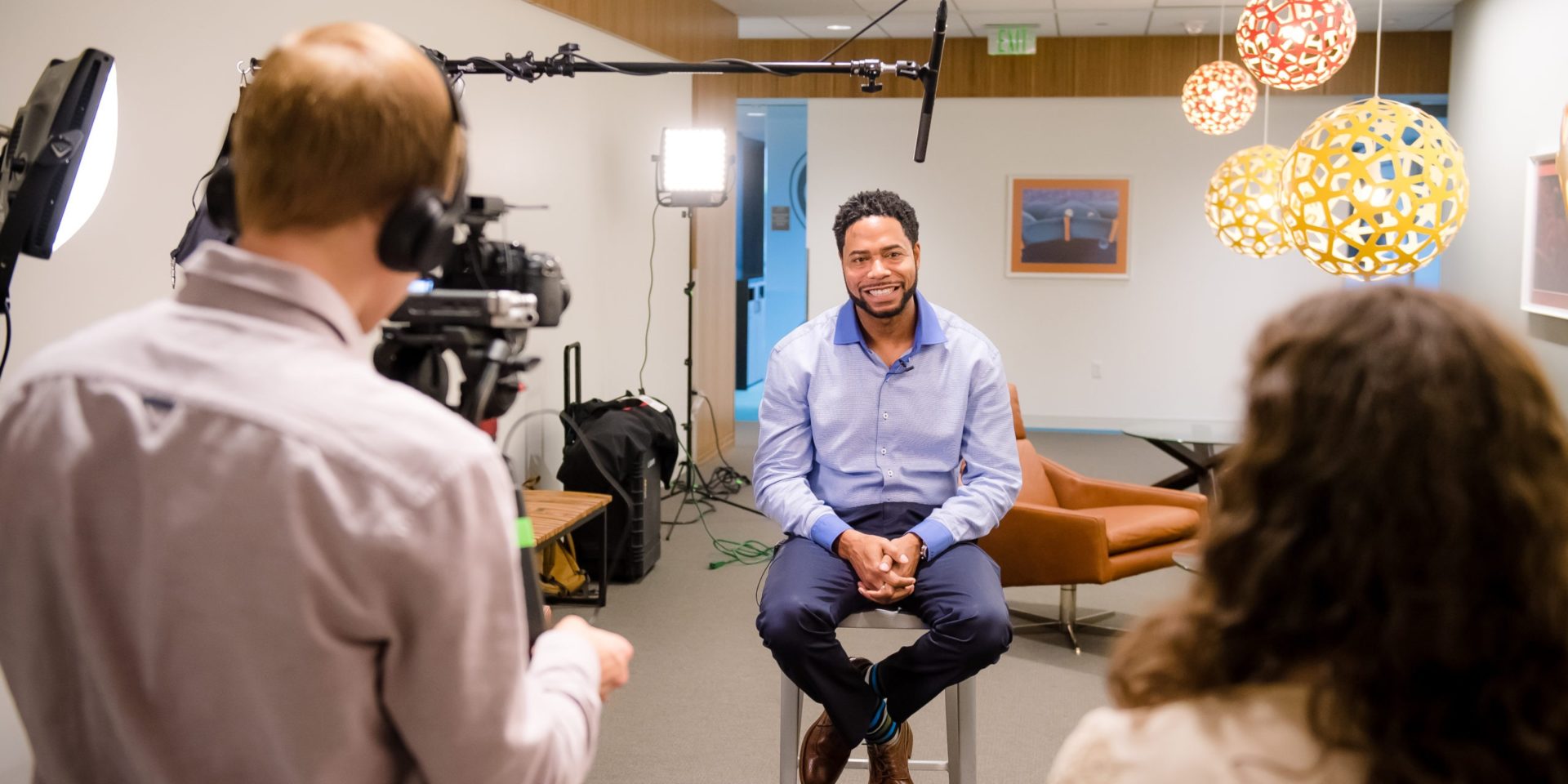Allyship in recruitment marketing: Amplifying underrepresented employee stories
How can talent marketers support our underrepresented employees this second, and forever? How can we use our marketing skills to amplify their stories while also proving corporate allyship?
First, be true allies. Amélie Lamont’s Guide to Allyship provides us with the a powerful definition of allyship, and the steps we must take.
Second, include and amplify the voices and perspectives of those that are underrepresented in your workplace and in society. As a talent marketer, you have the unique opportunity to gain further exposure to these voices by using these stories in your recruitment marketing content. You should be doing this anyway: if you work for an organization that is currently creating inclusive cultures for all, including LGBTQA+ and BIPOC team members, the best way you can show candidates you’re for real is through what your employees are truly experiencing at work.
Here’s how we’ve applied Amélie’s tenants of allyship to the importance of uncovering diverse and inclusive employee stories.
Stand up, even when you feel scared.
Talk about allyship even as you’re learning what it means. If you’re acting on behalf of an organization, this is totally scary. We get that you don’t want to say the “wrong thing.” However, silence is equated with being complicit.
Additionally, employee stories help take the pressure off saying the right or wrong thing. You can’t argue with someone’s experience. And, all audiences are searching for and learning from underrepresented voices right now. We’re all listening to how underrepresented groups want to be supported. By uncovering, honoring and amplifying the real experiences and perspectives of your storytellers, you are showing your organization supports them.
Acknowledge that while you, too, feel pain, the conversation is not about you.
Listening to others is critical to uncovering great stories. But, there are additional nuances to help people from underrepresented groups share their personal and professional experiences right now.
Oftentimes we develop rapport with others by trading stories to show we understand and have experienced similar things. But, in one-on-one conversations, allies should focus on listening. If a colleague is sharing their experience as a member of an underrepresented group that we are not a part of, we should not add our own experiences. One thing we’ve learned in our journey to be better allies is to sit in our discomfort. It’s how those from underrepresented groups have felt their whole lives. As Minda Harts, shared, “We have to move past our caution. I would encourage each of us, even if it feels uncomfortable, to have the courageous conversations and be a courageous listener, because that’s how we solve problems.”

Your listening and willingness to learn is an active part of allyship. Those who you seek to support may welcome your listening and your giving them the space to share. Andrea Long, Twilio’s Global Marketing Manager of Recruiting Events and Partnerships, recently shared that she was happy to answer questions about Juneteenth, allyship and listening at a recent lunch and learn.
Take on the struggle as your own.
Fight for the best version of the story (visual quality, but also substantively in editing) as if it were your own. Care about creating story content that’s visually engaging for the viewer while preserving the truth of the story.
However, when uncovering stories from people of color, make it easy to share with you by not adding to their burden. It is not ok to ask your Black interpret the events and systems that have led us here. That’s work you need to do without their help right now.
Use your talents to enhance the stories so others can easily consume it, thus gaining exposure for the storyteller and their experience. Add visuals to the story for greater audience engagement.
Transfer the benefits of your privilege to those who lack it.
Now it’s time to use what you have to amplify the stories of BIPOC and LGBTQA+ team members.
You’ve built your social and professional networks. Use them to get the stories of underrepresented people out to an audience they might not have access to.
And, if your organization is currently doing the work to create an inclusive culture — investing in D&I programs, promoting and hiring underrepresented groups at the team level — it’s your responsibility to get their stories out to candidates who are looking to join a company like yours.
For example, this video by Foundation Medicine about their PROUD ERG was shared by their employer brand team.
If you’ve created content that the storyteller is proud of, they’ll share it with their networks.
And if your organization has demonstrated a culture of allyship, your team members will be inspired to share their own stories of how that support impacted them.
Communicate a culture of allyship
Show your company culture is welcoming to all groups of people by layering and weaving diverse employee stories together. Download our guide to get you started.

